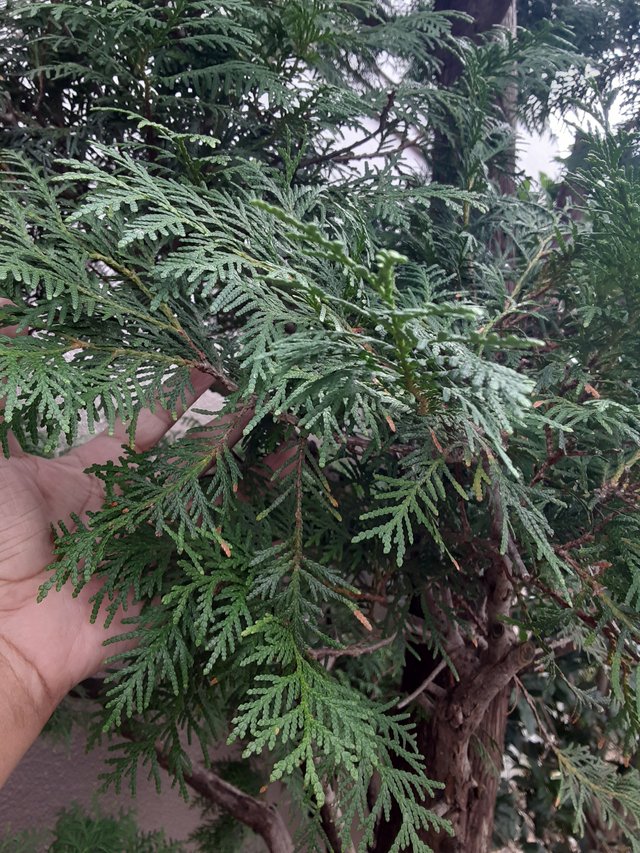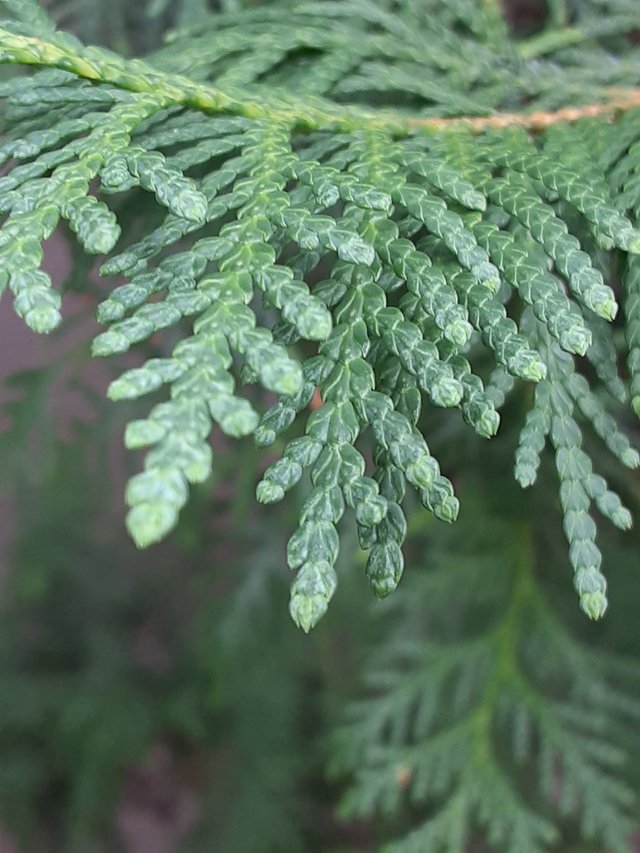The Western Redcedar, Thujopsis dolabrata, a slow-growing evergreen tree with distinctive, flat, scale-like leaves arranged in decussate pairs
Thujopsis dolabrata, commonly known as the Western Redcedar or Hinoki Cypress, is a beautiful evergreen tree native to Japan and South Korea. It's prized for its distinctive appearance and fragrant wood, which is often used in construction, woodworking, and traditional Japanese ceremonies.
One of the most striking features of the Western Redcedar is its leaves. These are small, flat, and scale-like, overlapping tightly against each other on the branches. The upper surfaces of the leaves are typically a deep, rich green, while the undersides may have a bluish-white hue. This contrast creates a visually appealing texture that adds to the tree's overall aesthetic.
The leaves of Thujopsis dolabrata are arranged in decussate pairs, meaning they are opposite each other and crossed at right angles. This arrangement helps to maximize the amount of sunlight that the leaves can absorb, which is essential for photosynthesis. Additionally, the leaves are covered in a thin, waxy cuticle that helps to prevent water loss through transpiration.
The Western Redcedar is a slow-growing tree that can reach heights of up to 50 meters (164 feet) under ideal conditions. It is a popular ornamental tree in gardens and parks, and its wood is highly valued for its durability, resistance to rot, and pleasant aroma. The leaves of Thujopsis dolabrata play a crucial role in the tree's survival and contribute to its beauty and ecological importance.
Ref.:




Upvoted! Thank you for supporting witness @jswit.